Starbucks announces Brian Niccol as new CEO starting September 9. Niccol receives permission to work remotely from California.
This decision contrasts with company policy for other employees. Will this special treatment create a rift in corporate culture?
$10 Million Welcome: Just a Drop in the Coffee?
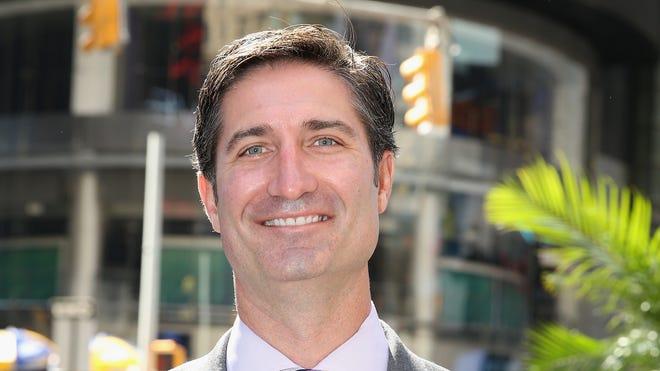
Niccol secures a $10 million signing bonus. His annual salary stands at $1.6 million.
Starbucks’ revenue hit $32.25 billion in 2022. Does this lavish compensation package reflect the company’s values?
Corporate Jet Set: Flying Above Employee Struggles?
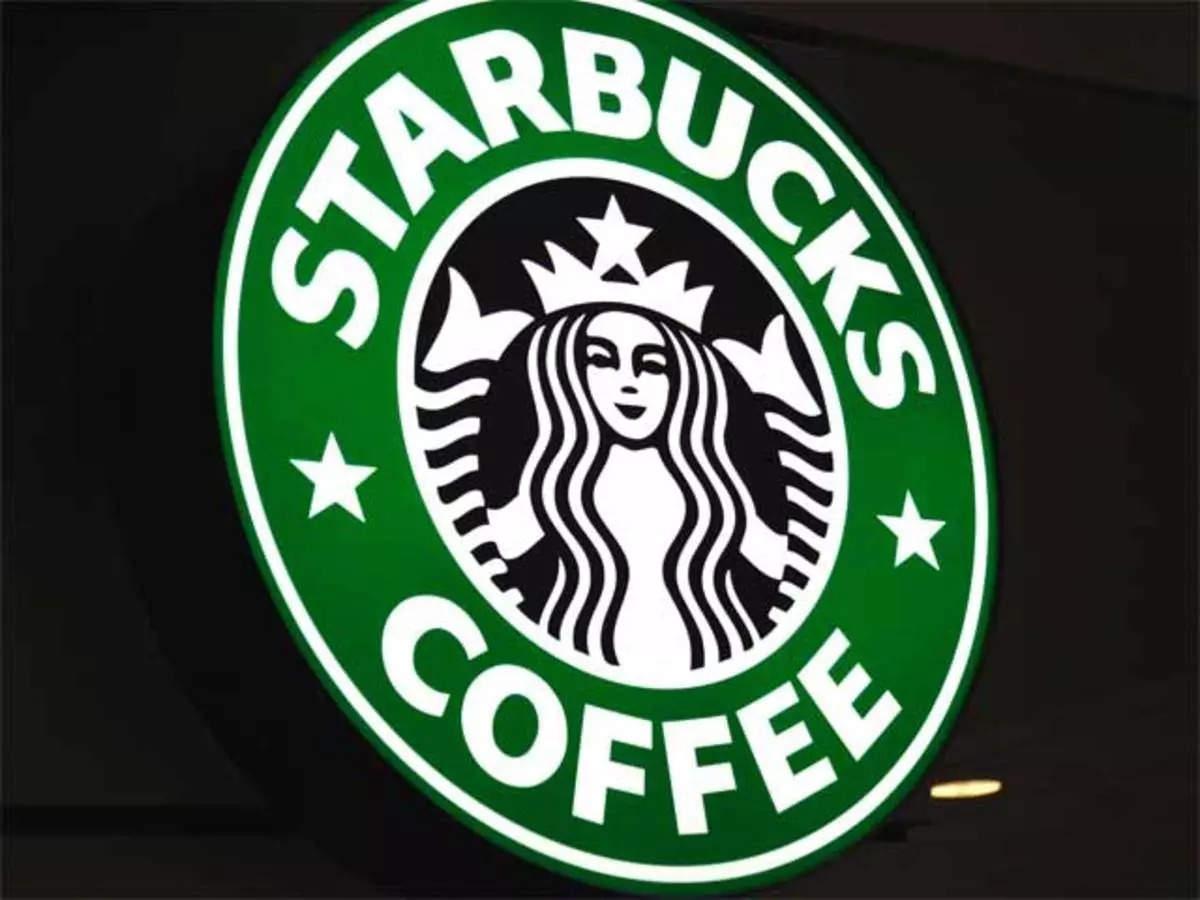
The new CEO gains access to corporate plane for commutes. Starbucks operates over 35,000 stores globally.The new CEO gains access to corporate plane for commutes. Starbucks operates over 35,000 stores globally.
Average barista salary hovers around $14 per hour. How will this disparity impact employee morale?
One Rule for Thee: Starbucks’ Double Standard?
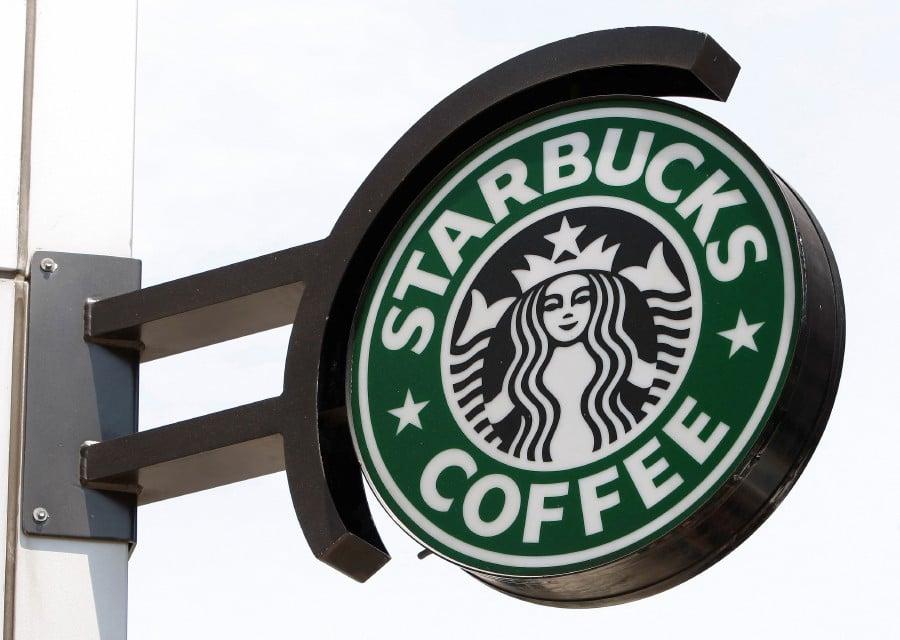
Starbucks requires office employees to work in-person thrice weekly. The CEO enjoys full remote work privileges.
58% of American workers have hybrid arrangements. Is Starbucks out of touch with modern work trends?
Social Media Backlash: Storm in a Coffee Cup?
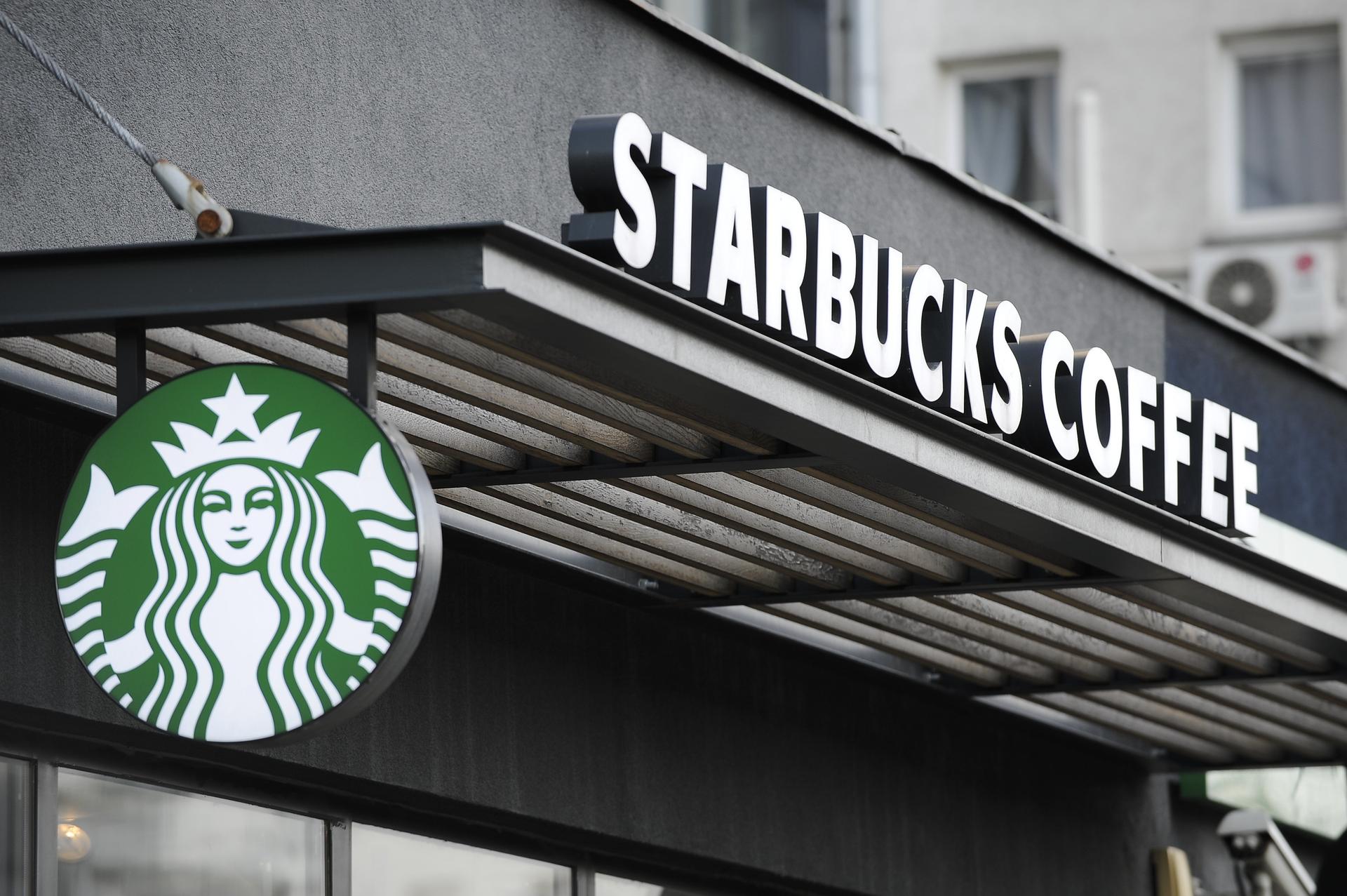
Twitter users express outrage over Niccol’s work arrangement. Starbucks boasts 73 million Twitter followers.
The controversy trends within hours of announcement. Can Starbucks recover from this PR nightmare?
From Burritos to Lattes: A CEO’s Journey
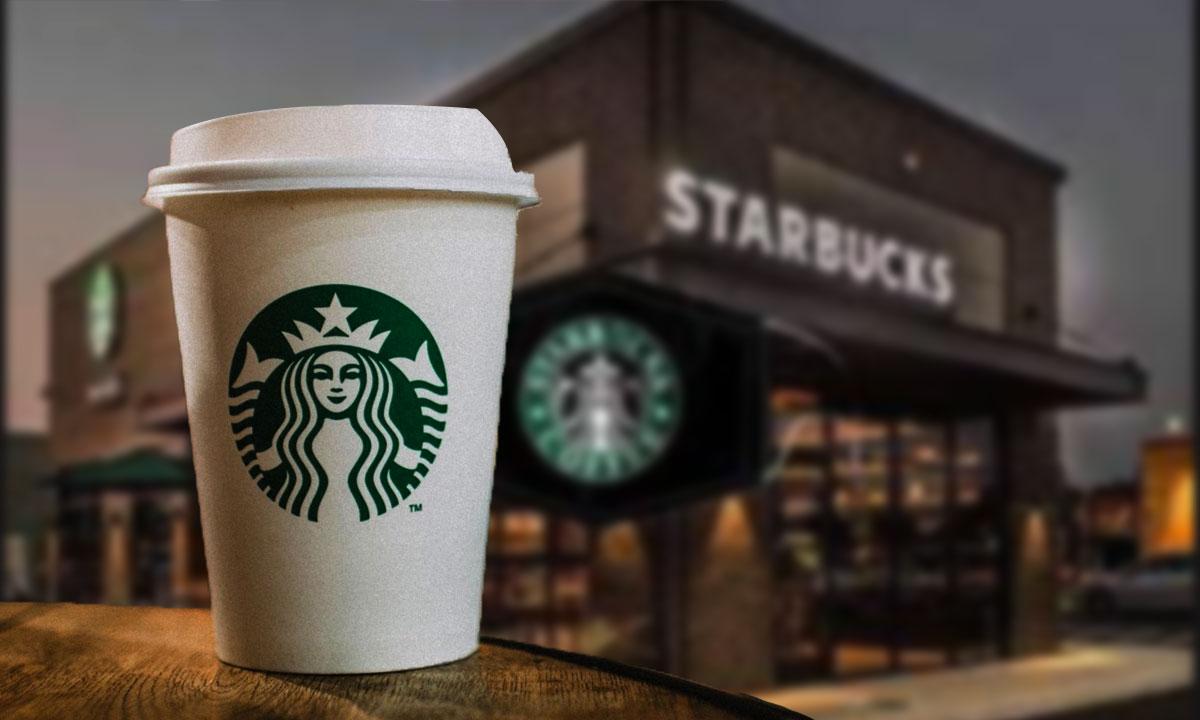
Niccol previously led Chipotle for six years. He also served as Taco Bell’s chief executive.
Fast food industry experience shapes his leadership style. Will his background translate to coffee shop success?
Seattle Snub: Headquarters Left in the Lurch?

Starbucks’ headquarters remain in Seattle, Washington. The new CEO opts for a remote office in Newport Beach.
Seattle hosts 144 Starbucks locations per 100,000 residents. Could this decision strain local relationships?
Corporate Perks: Widening the Wealth Gap?

Niccol receives a company-funded remote office and assistant. U.S. CEO-to-worker pay ratio averages 299:1.
Starbucks employs over 402,000 people worldwide. How will this extravagance impact shareholder sentiment?
Work-From-Home Hypocrisy: A Brewing Discontent?

Employees question the fairness of return-to-office mandates. 87% of workers prefer flexibility in work location.
Starbucks faces potential talent retention issues. Can the company justify this double standard?
Future of Starbucks: Smooth Blend or Bitter Brew?

Niccol expresses excitement about enhancing Starbucks’ global presence. The company aims for 45,000 stores by 2025.
Employee satisfaction directly impacts customer experience. Will this controversy derail Starbucks’ growth plans?
Howard Schultz: The Visionary Who Built Starbucks
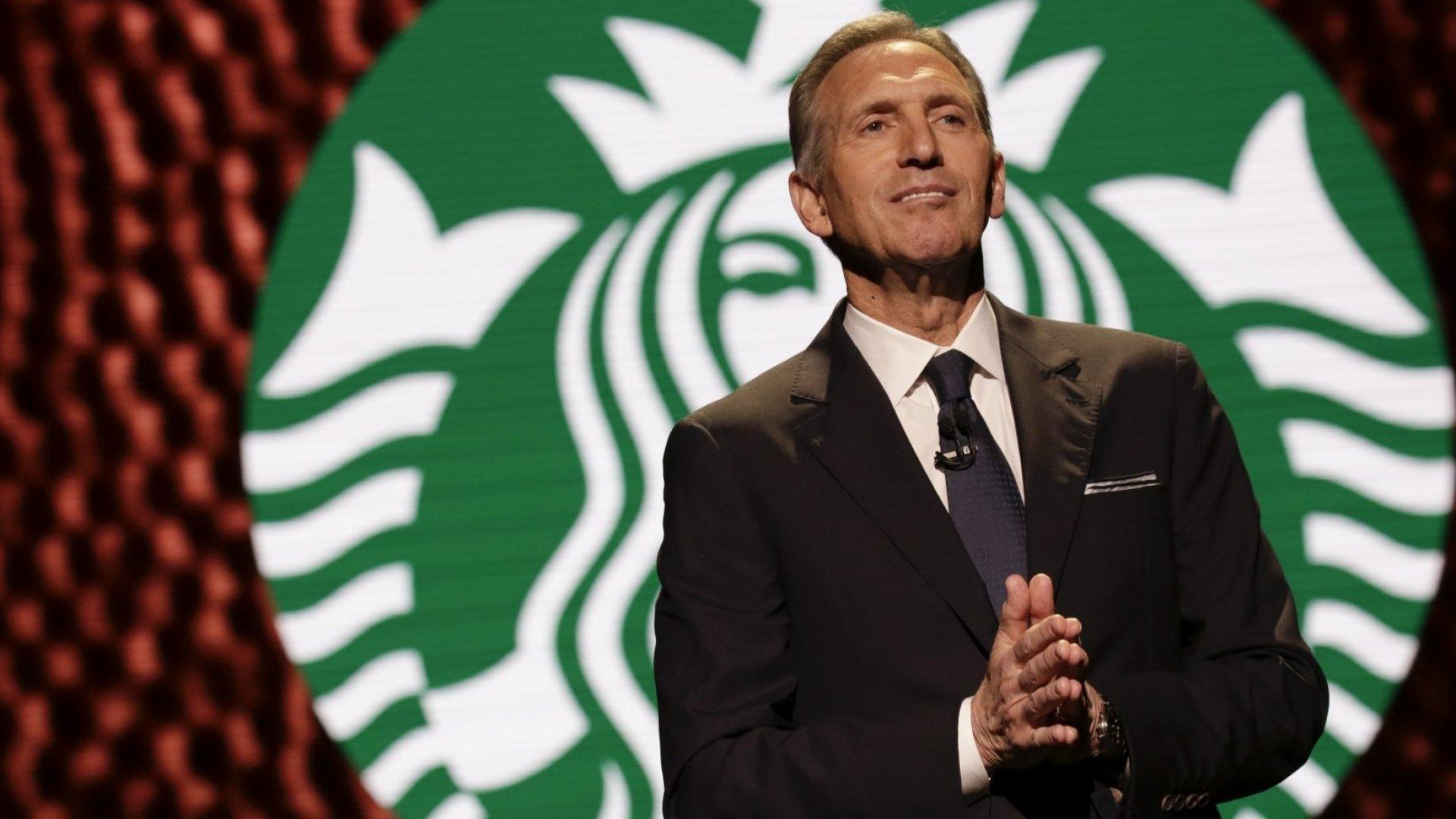
Howard Schultz served as CEO from 1987 to 2000 and 2008 to 2017. He transformed Starbucks from a small chain into a global brand.
Under his leadership, Starbucks grew from 11 stores to over 28,000 worldwide. Schultz introduced the concept of the “third place” between home and work.
Orin Smith: Expanding the Starbucks Empire
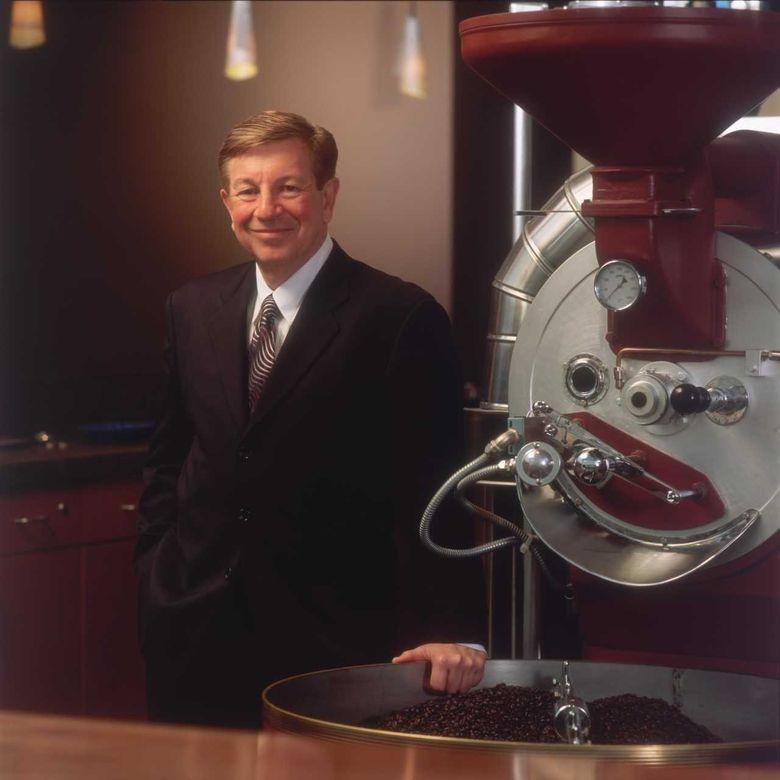
Orin Smith served as CEO from 2000 to 2005. He oversaw Starbucks’ rapid expansion, opening 3,000 new stores.
Smith introduced Starbucks’ popular Frappuccino drink. He focused on maintaining company culture during rapid growth.
Jim Donald: Short Tenure, Significant Impact
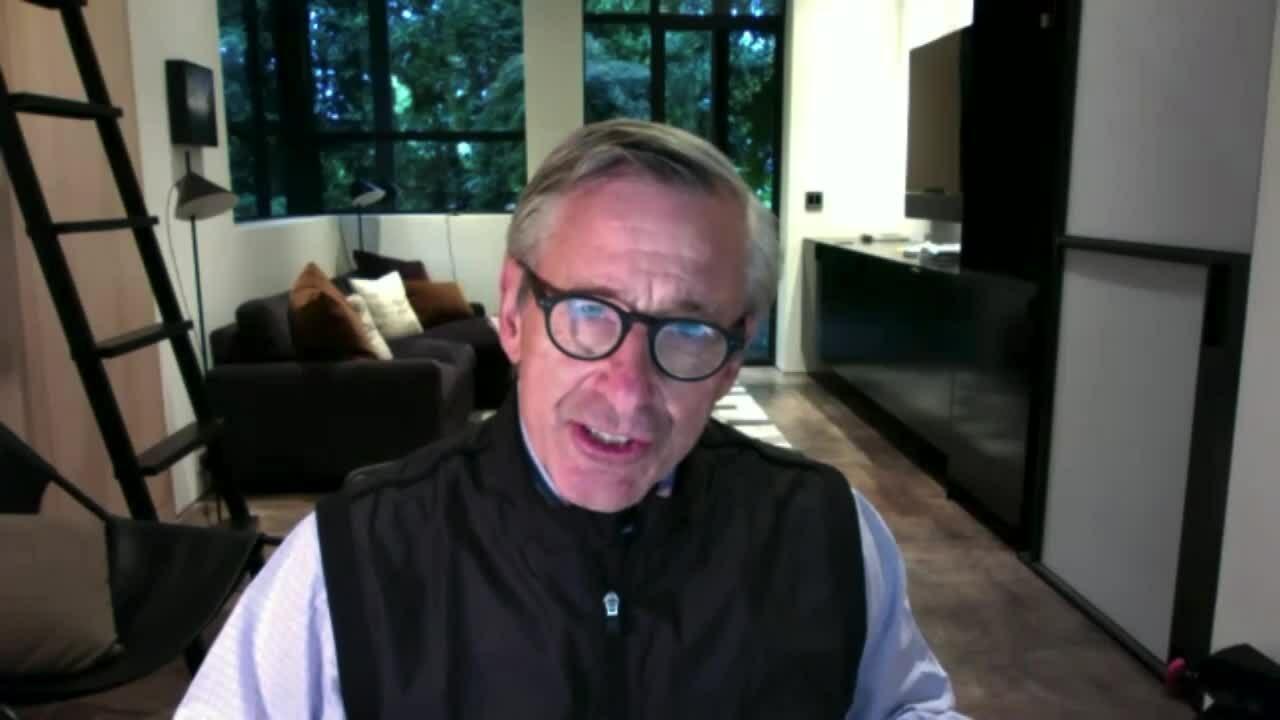
Jim Donald was CEO from 2005 to 2008. He led Starbucks through a period of aggressive international expansion.
Donald opened Starbucks’ first store in Russia. His tenure saw revenues grow from $6.4 billion to $9.4 billion.
Kevin Johnson: Digital Innovation and Pandemic Response
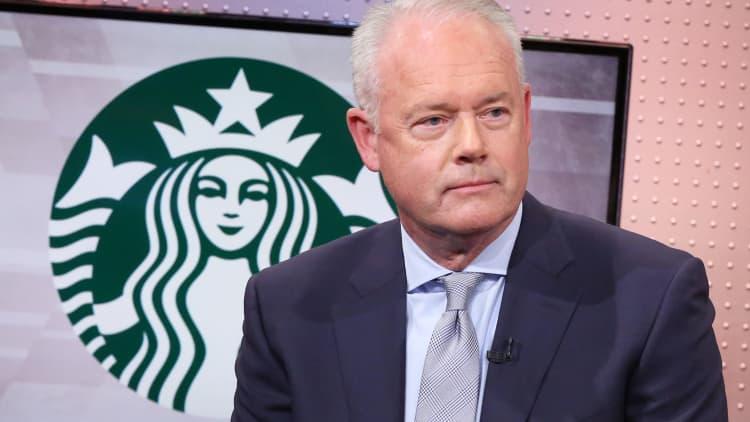
Kevin Johnson served as CEO from 2017 to 2022. He focused on digital innovation, launching mobile ordering and payment systems.
Johnson navigated Starbucks through the COVID-19 pandemic. He oversaw the closure of 400 underperforming stores and shifted focus to drive-thru locations.
Succession Planning: Starbucks’ Leadership Strategy
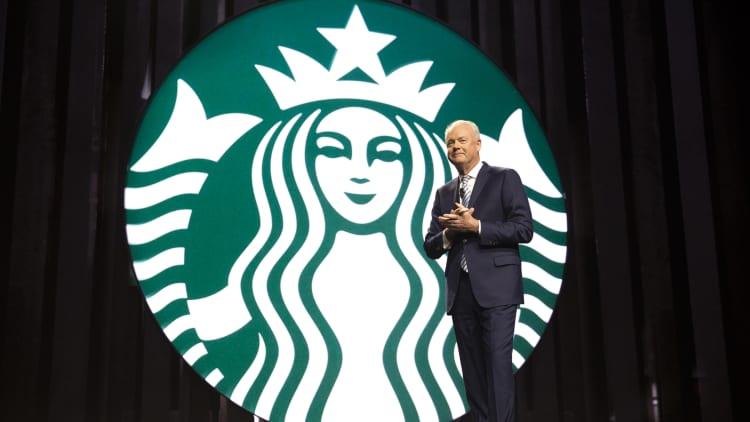
Starbucks has had six CEOs in its 50-year history. The company often promotes from within or brings back former leaders.
Starbucks’ board plays a crucial role in CEO selection. Leadership transitions have sometimes coincided with company challenges.

